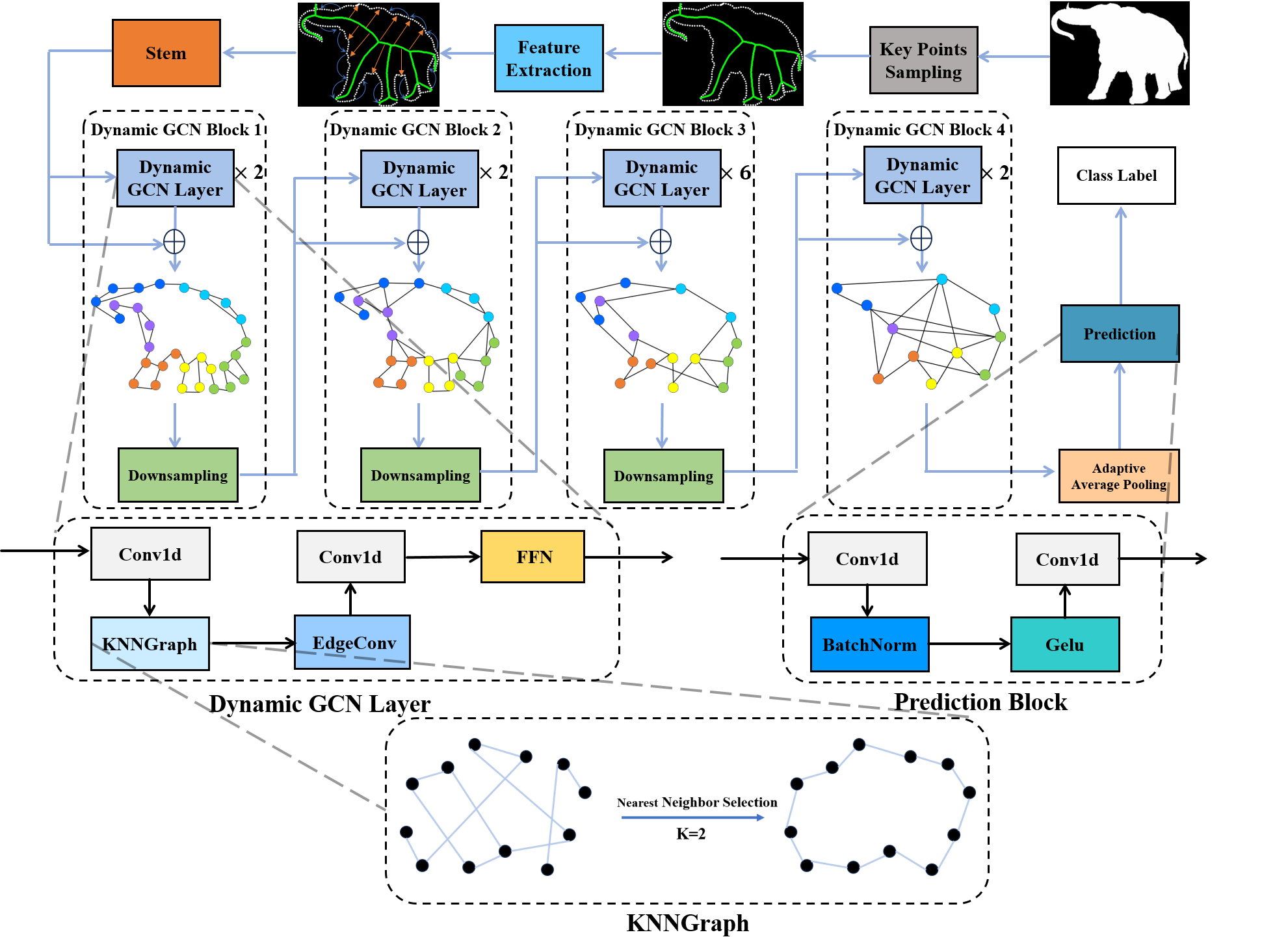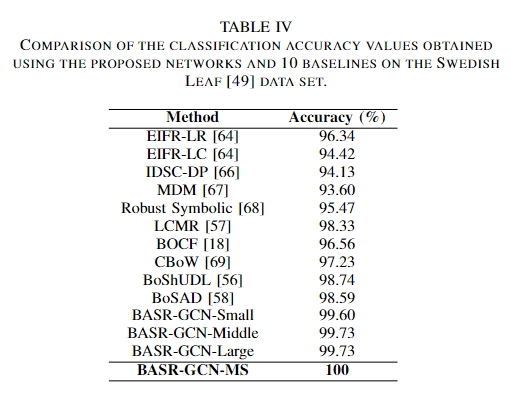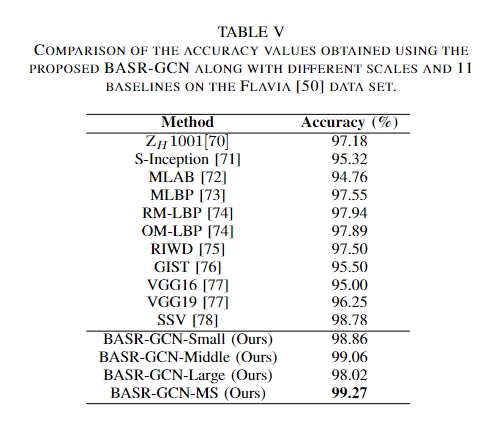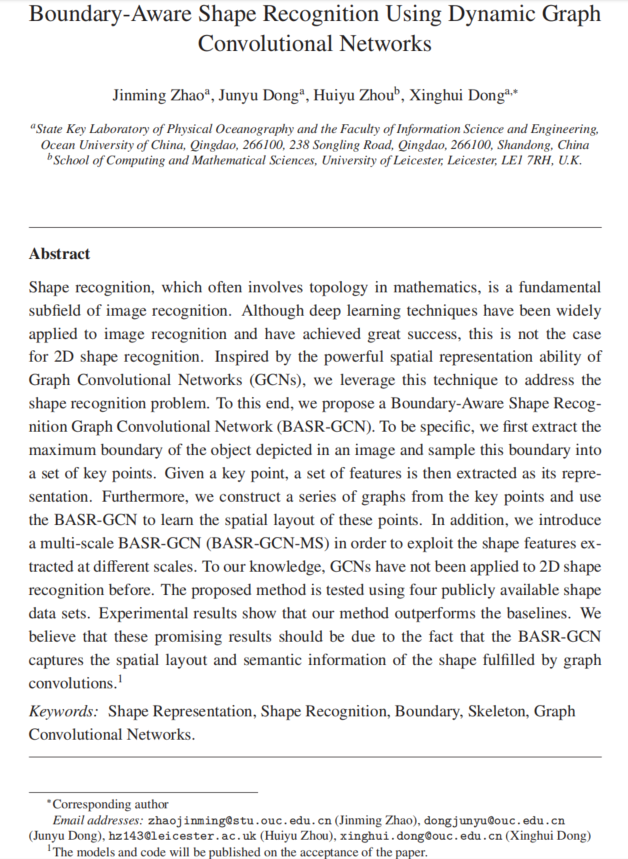Boundary-Aware Shape Recognition Using Graph Convolutional Networks

|
The architecture of the proposed Boundary-Aware Shape Recognition Graph Convolutional Network (BASR-GCN).
Abstract
Shape recognition, which often involves topology in mathematics, is a fundamental subfield of image recognition.
Although deep learning techniques have been widely applied to image recognition and have achieved great success, this is not the case for 2D shape recognition.
Inspired by the powerful spatial representation ability of Graph Convolutional Networks (GCNs), we leverage this technique to address the shape recognition problem. To this end, we propose a Boundary-Aware Shape Recognition Graph Convolutional Network (BASR-GCN). To be specific, we first extract the maximum boundary of the objects depicted in an image and sample this boundary into a set of key points.
Given a key point, a set of features are then extracted as its representation. Furthermore, we construct a series of graphs from the key points and use the BASR-GCN to learn the spatial layout of these points. In addition, we introduce a multi-scale BASR-GCN (BASR-GCN-MS) in order to exploit the shape features extracted at different scales. To our knowledge, GCNs have not been applied to 2D shape recognition before. The proposed method is tested using four publicly available shape data sets. Experimental results show that our method outperforms, or at least performs comparably to, baselines. We believe that these promising results should be due to the modeling of the semantic information fulfilled by the proposed method via encoding the spatial layout of the key points.
Links
Overall Network Architecture

The illustration of the proposed Multi-scale Boundary-Aware Shape Recognition Graph Convolutional Network (BASR-GCN-MS).

The illustration of the operation of the proposed BASR-GCN.
Experimental Results

|

|

|

|
Citation
@ARTICLE{zhao2025boundary,
title={Boundary-Aware Shape Recognition Using Dynamic Graph Convolutional Networks},
author={Jinming Zhao, Junyu Dong, Huiyu Zhou, Xinghui Dong},
journal={Pattern Recognition},
volume={97},
pages={107000},
year={2025},
}

